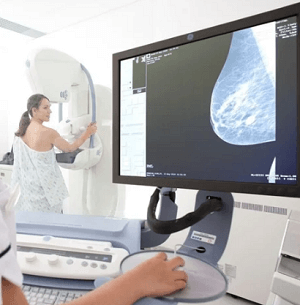A new report from the American Cancer Society reveals a stark contrast in breast cancer outcomes across racial lines in the United States. While overall breast cancer mortality has declined by 44% since 1989, saving an estimated 517,900 lives, this progress has largely benefited White women, leaving minority groups behind.
The study, published in CA: A Cancer Journal for Clinicians, highlights alarming disparities. Despite having a 10% lower incidence rate, American Indian and Alaska Native women face a 6% higher mortality rate compared to White women. Even more concerning, Black women have a 5% lower incidence but a staggering 38% higher mortality rate.
Dr. William Dahut, chief scientific officer at the American Cancer Society, emphasized the urgency of addressing these gaps. “Women today are a lot less likely to die from breast cancer, but alarming disparities still remain, especially for Asian American, Pacific Islander, Native American, and Black women,” he stated.
The report attributes these disparities to systemic barriers in healthcare access and unequal distribution of advanced treatment options. Historically, innovations in early detection and hormone-based treatments have been more accessible to White women, contributing to the widening racial gap in outcomes.
To combat these inequities, the American Cancer Society has launched initiatives like the “VOICES of Black Women study” to evaluate cancer risk and outcomes in Black women aged 25 to 55. The organization also advocates for the passage of the SCREENS for Cancer Act to increase early detection and reduce financial burdens across all communities.
See “Breast cancer mortality plummets by 44%, but alarming racial gaps persist” (October 9, 2024)


